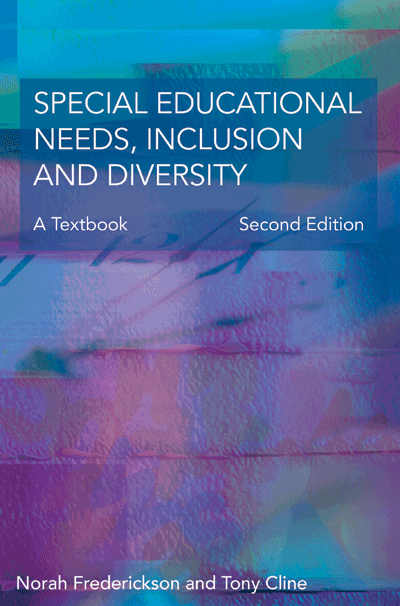Outraged residents defeat mast application. World scientists call for reduced human exposure to radiation
Peter Limbrick writes-
These two articles are offered as part of my effort to alert local councillors, parents, teachers, school governors, etc. to the possible dangers of mobile phones, masts and wi-fi classrooms to our children and young people.
Application for a telecommunications mast near homes and school refused in Ireland. Outraged residents win the day
The full story by Tim O’Brien in The Irish Times on Monday, December 13, 2010 can be seen at: http://www.irishtimes.com/newspaper/ireland/2010/1213/1224285406080.html
Here are some extracts:
Planning application dropped for radio mast at Bray Garda station
CO WICKLOW residents have claimed a breakthrough after the Office of Public Works confirmed it would no longer seek planning permission for commercial telecommunications equipment on a radio mast at Bray Garda station.
The mast, located in the southwest corner of the Garda station grounds, replaced a smaller version at the northern end of the property, which had carried only Garda equipment. However, local residents expressed outrage that the new, higher mast was within metres of their homes and asked Bray Town Council to determine whether the structure was exempt from planning permission.
“We were told by the council that in fact it was exempt,” said Michael Murray who, along with others, decided to challenge that view. They sought a determination from Bord Pleanála which decided the structure was not, after all, exempt development.
The board…ruled that under Telecommunications Antennae and Support Guidelines for local authorities published in 1996, telecommunications infrastructure should be located where possible in industrial estates or on industrially zoned land. The guidelines said that “only as a last resort and if the alternatives are either unavailable or unsuitable, should free-standing masts be located in a residential area or beside schools”.
International scientists urge global governments to adopt significantly lower human exposure standards for electromagnetic fields
The International EMF Alliance (IEMFA) has announced a new published report and scientific Consensus Statement concerning health hazards of electromagnetic fields (EMFs). Led by Olle Johansson, PhD of the Karolinska Institute, the report published by a consortium of international scientists urges global governments to adopt significantly lower human exposure standards for electromagnetic fields. The recommendations are based on the latest body of evidence in biological sciences, and the public-health implications of the unprecedented global exposures to electromagnetic fields from telecommunications and electric power technologies. The scientists recommend specific exposure limits for different frequency fields, including microwaves, used in wireless communications, and ELF electric fields and magnetic fields.
According to the international scientists, called the Seletun Scientific Panel, it has become obvious that new, biologically-based public exposure standards are urgently needed to protect long-term public health worldwide. Current public-safety EMF-exposure guidelines used world wide, based on physics models and calculations, currently only protect for damage generated by a heating effect. With respect to prolonged, low-intensity exposures that nowadays frequently occur, but do not have a heating effect, the guidelines, say the scientists, are inadequate and obsolete.
Read the summary on PubMed: http://www.ncbi.nlm.nih.gov/pubmed/21268443
To read the full recommendations of IEMFA's Scientific Seletun Panel, please go to: http://iemfa.org/index.php/publications/seletun-resolution



